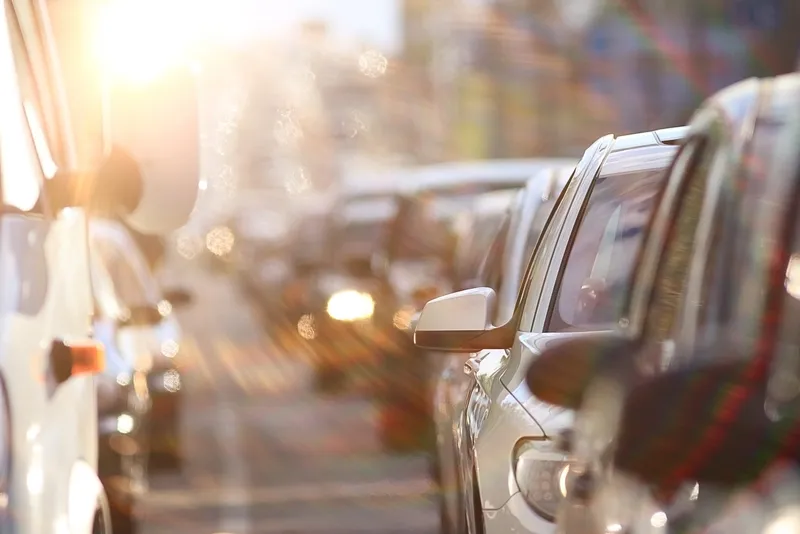Cities plagued with terrible traffic problems may be overlooking a simple, low-cost solution: high-occupancy vehicle (HOV) policies that encourage carpooling can drastically reduce traffic, according to a new study co-authored by
The research indicates that in Jakarta, Indonesia, after an HOV policy requiring three or more passengers in a car was discontinued on important city centre roads, travel delays became 46 per cent worse during the morning rush hour and 87 per cent worse during the evening rush hour.
At the same time, traffic suddenly became significantly worse on surrounding roads as well. Instead of siphoning more traffic onto the central roads, the policy change made congestion worse everywhere.
Jakarta installed its HOV regulations in 1992, in an effort to reduce its notoriously bad traffic problems, using a ‘three-in-one’ policy that required three passengers in each vehicle on some major roads, between 7 and 10 am and between 4.30 and 7 pm. It scrapped the policy in 2016, first for a week, then for a month and then permanently.
The researchers examined traffic-speed data from Jakarta from a week prior to the abolishing of its three-passenger policy, in late March 2016, to a month afterwards. Using data from Google Maps APIs for major roads in Jakarta, they measured travel delays, calculated from the time needed to travel one kilometre compared to the free-flow speed of the road.
After the HOV policy was abandoned, the research showed the average speed of Jakarta’s rush hour traffic declined from about 17 to 12 miles per hour in the mornings, and from about 13 to seven miles per hour in the evenings. By comparison, people usually walk at around three miles per hour.
“Eliminating high-occupancy vehicle restrictions led to substantially worse traffic,” says Ben Olken, a professor of economics at MIT and co-author of the paper detailing the study. “That’s not shocking, but the magnitudes are just enormous.”
“HOV policies on central roads were making traffic everywhere better, both during the middle of the day and on these other roads during rush hour,” Olken observes. “That I think is a really striking result.”
The paper, Citywide effects of high-occupancy vehicle restrictions: Evidence from ‘three-in-one’ in Jakarta, is published in the journal Science.
Carpooling - a simple solution for congestion
Cities plagued with terrible traffic problems may be overlooking a simple, low-cost solution: high-occupancy vehicle (HOV) policies that encourage carpooling can drastically reduce traffic, according to a new study co-authored by Massachusetts Institute of Technology and Harvard University researchers.
July 10, 2017
Read time: 2 mins









